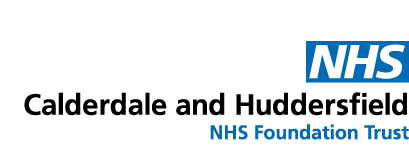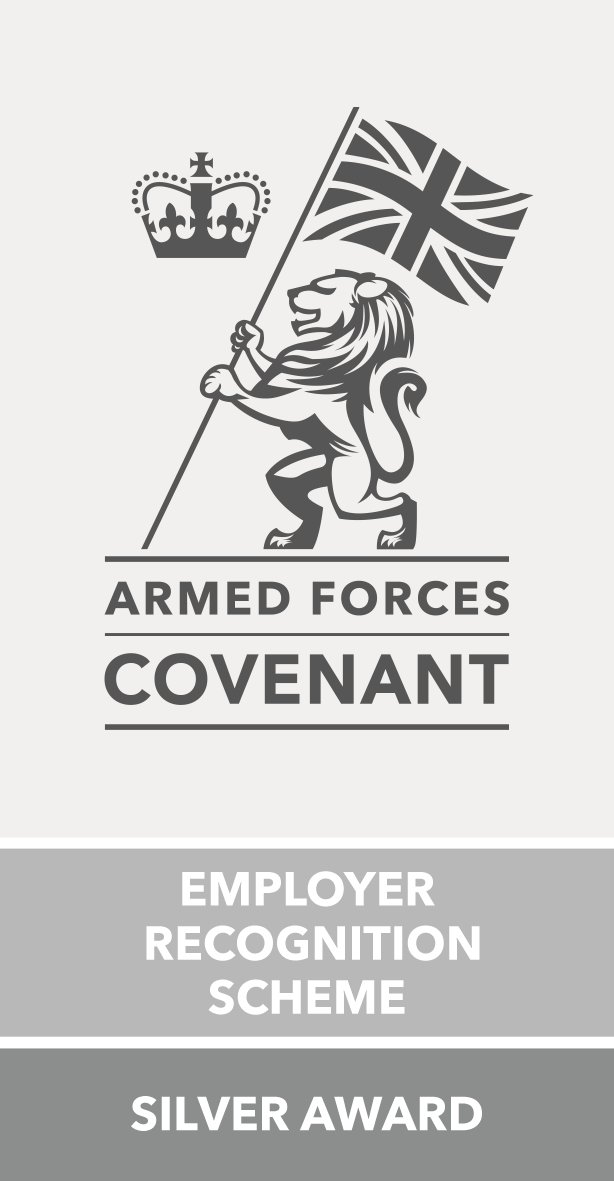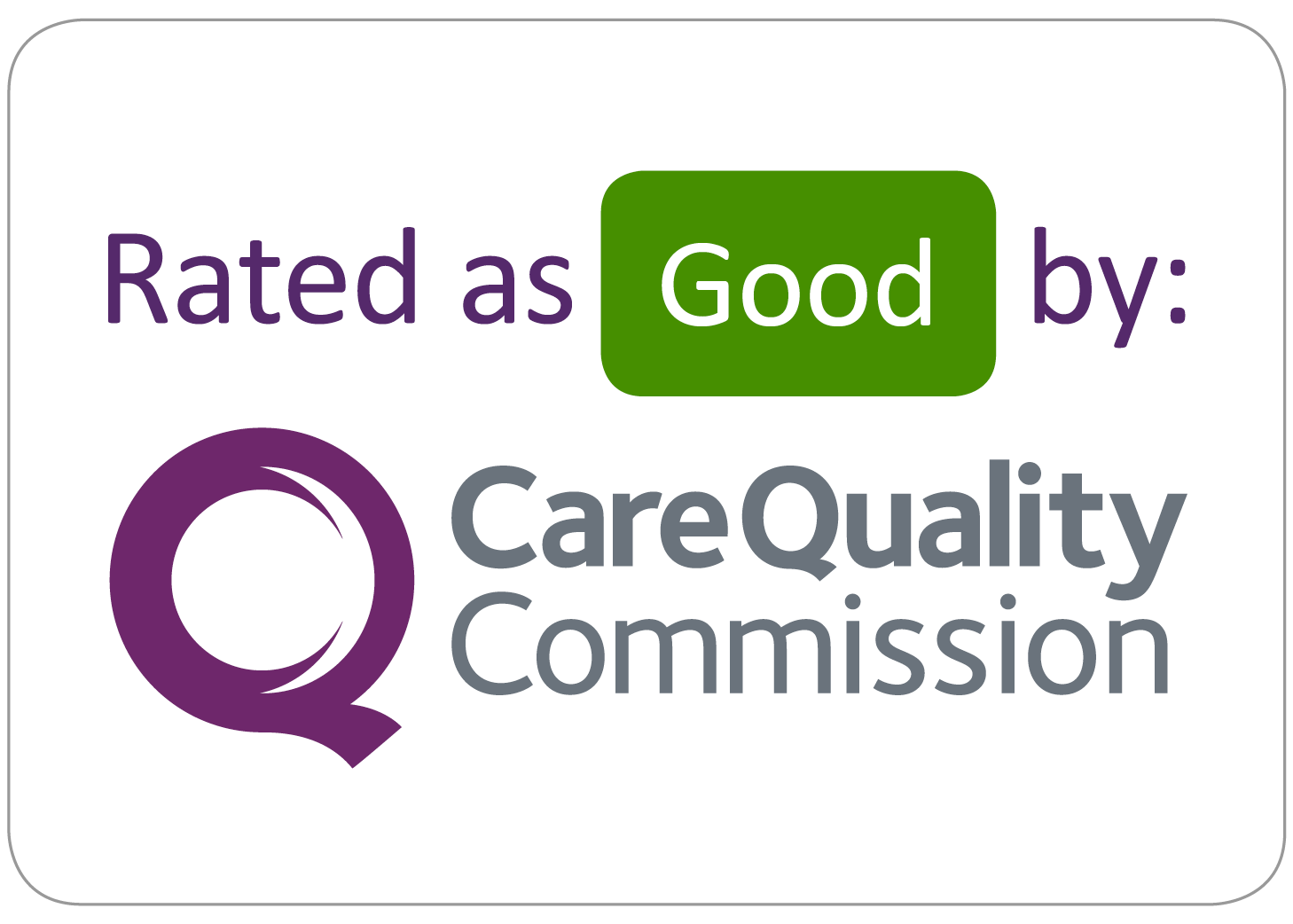Birth of your baby
First stage of labour
During the first stage of labour, contractions make your cervix gradually open (dilate). Established labour is when you are having regular contractions which are opening your cervix and your cervix has dilated to about 4cm. You can either walk around or get into a position that feels comfortable to you.
Your midwife will offer you regular vaginal examinations to see how your labour is progressing. If you do not want to have these, you do not have to – your midwife can discuss with you why she's offering them. Your cervix needs to open about 10cm for your baby to pass through it. This is what's called being fully dilated. When you reach the end of the 1st stage of labour, you may feel an urge to push.
Monitoring your baby in labour
Your midwife will monitor both you and your baby during labour to make sure you're both coping well. This may be by using a pinnard stethoscope to listen to your babys heart rate or by using a small handheld device called a sonicaid.
If your pregnancy is ‘high risk’ or if you choose to have an epidural (links to an external website) we will need to monitor your baby closely through continuous electronic monitoring. Continuous monitoring (CTG) involves strapping 2 pads to your bump. One pad is used to monitor your contractions and the other is used to monitor your baby's heartbeat. These pads are attached to a monitor that shows your baby's heartbeat and your contractions.
Sometimes a clip called a fetal scalp electrode can be attached to the baby's head instead. This can give a more accurate measurement of your baby's heartbeat.
You can ask to be monitored electronically even if there are no concerns. Having electronic monitoring can restrict how much you can move around and you may be offered a bedpan rather than getting up to use the bathroom.
Speeding up labour
Sometimes labour can be slower than expected. This can happen if your contractions are not coming often enough, are not strong enough, or if your baby is in an awkward position. If this is the case, your doctor or midwife may talk to you about ways to speed up your labour by breaking your waters or starting an oxytocin drip.
Breaking the membrane that contains the fluid around your baby (your waters) is often enough to make contractions stronger and more regular. This is also known as artificial rupture of the membranes (ARM). If breaking your waters does not speed up your labour, the doctor or midwife may suggest using a drug called oxytocin, given through a drip to make your contractions stronger.
Second stage of labour
The second stage of labour lasts from when your cervix is fully dilated until the birth of your baby. Everyone is different and for some this can be 10 minutes, for others it can take a couple of hours. Your midwife will help you find a comfortable position to give birth in. You may want to sit, lie on your side, stand, kneel, or squat, although squatting may be difficult if you're not used to it.
Pushing your baby out
When your cervix is fully dilated, your baby will move further down the birth canal towards the entrance to your vagina. You may get an urge to push that feels a bit like you need to open your bowels. This is completely normal and nothing you need to worry about. You can push during contractions whenever you feel the urge. You may not feel the urge to push immediately. If you have had an epidural, you may not feel an urge to push at all in which case your midwife will coach you pushing.
This stage of labour can be hard work, but your midwife and birth partner will help and encourage you. When your baby's head is almost ready to come out, your midwife will ask you to stop pushing and take some short breaths, blowing them out through your mouth. This is so your baby's head can be born slowly and gently, giving the skin and muscles in the area between your vagina and anus (the perineum) time to stretch slowly.
Once your baby's head is born, most of the hard work is over. The rest of their body is usually born during the next 1 or 2 contractions.
The OASI Care Bundle
At CHFT we use the OASI (Obstetric Anal Sphincter Injury) care bundle. Research has shown that it reduces the number of deep tears in the perineum during labour.
The 4 elements of the OASI bundle are:
- Informing you about OASI and identifying what can be done to minimise your risk of obstetric anal sphincter injury.
- Performing an episiotomy (a cut in the perineum to assist birth and prevent tears) when appropriate to do so.
- Using the hands to support the perineum at the time of birth, and
- A thorough rectal examination after birth to detect tears, not all of which will be immediately obvious.
All elements of the care bundle are underpinned by good communication with you before, during and following the birth of your baby.
Episiotomy / tears and care of stitches
An episiotomy is a small cut made in your perineum that may be needed to prevent bigger tears, or if you baby is distressed and needs to be born quickly. You'll be given a local anesthetic injection to numb the area before the cut is made. Once your baby is born, an episiotomy, or any large tears, will be stitched closed.
If you've had stitches it is recommended to bathe them every day to help prevent infection. Have a bath or shower with plain warm water then carefully pat yourself dry. If your stitches are sore or uncomfortable, tell your midwife or GP. Pain medication can help. Stitches usually dissolve by the time the cut or tear has healed.
After the birth
You'll usually be able to hold your baby immediately and enjoy some skin-to-skin time together. Skin to skin contact helps your baby adjust to life outside the womb, and helps to keep them warm and regulate their heart rate because they feel safe close to you. It also helps to initiate their first feed.
The Placenta
The third stage of labour happens after your baby is born, when your womb contracts and the placenta comes out through your vagina. There are 2 ways to manage the third stage.
- physiological – when the placenta comes away naturally
- active – when you have an injection to speed the process up
What is active management?
Your midwife will give you an injection of oxytocin into your thigh as you give birth, or soon after to make your womb contract. The midwife will usually wait to cut the cord until it has stopped pulsing, between 1 and 5 minutes after birth to allow blood to pass from the placenta to baby.
Once the placenta has come away from your womb, your midwife pulls the cord – which is attached to the placenta – and pulls the placenta out through your vagina. This usually happens within 30 minutes of your baby being born.
Active management speeds up the delivery of the placenta and lowers your risk of having heavy bleeding after the birth (postpartum haemorrhage), but it might make you feel sick. It can also make after pains (contraction-like pains after birth) worse.
What is physiological management?
Physiological third stage is where the placenta comes away naturally. Breastfeeding can encourage the process and helps your womb to contract and reduce postpartum bleeding. The midwife will usually wait to cut the cord until it has stopped pulsing, between 1 and 5 minutes after birth to allow blood to pass from the placenta to baby.
Once the placenta has come away from your womb, you should feel some pressure in your bottom and you'll need to push the placenta out. It can take up to an hour for the placenta to come away, but it usually only takes a few minutes to push it out.
If the placenta does not come away naturally or you begin to bleed heavily, you'll be advised by your midwife or doctor to switch to active management and you can do this at any time during the 3rd stage of labour.
Your new baby
You will be offered an injection of vitamin K for your baby. This helps prevent a rare bleeding disorder called haemorrhagic disease of the newborn. Your midwife will have discussed the injection with you while you were pregnant. If you'd prefer for your baby not to have an injection, they can have vitamin K by mouth instead, but they'll need further doses.
The midwife will weigh your baby and measure their head circumference as part of a top to toe check. ID bands will be applied to both ankles which contain your name and hospital number. This is for security and identification purposes and these bands should remain in place until you go home.
Traffic light hats & blankets (ATAIN)
Avoiding Term Admissions In Neonatal units is the main aim of the ATAIN project. At CHFT it is a part of our routine care pathway for all babies. This helps identify babies at risk of certain conditions such as jaundice, hypoglycemia or respiratory problems. We use a ‘traffic light’ system of colour coded hats or blankets to improve safety for our tiny patients and ultimately to ensure that we keep them together with their mother on the ward. Our knitted goods are made with love by volunteers, and are thoroughly laundered and hygienically wrapped before being given to the babies.
Then it’s over to you …
You will be encouraged to keep your baby warm through close skin contact and feed your baby within the first hour. Newborn babies get cold quickly as they lose heat easily and can’t maintain their own temperature, so do keep your baby covered up. Remember your baby can’t hold their own head up so be aware to support the baby’s airway and report any concerns you may have about your baby to a midwife.
Even if you are planning to bottle feed your baby it is recommended that baby’s first feed is a breastfeed. This is because the milk your body produces following birth (colostrum) is packed full of nutrients and antibodies that helps your baby adapt to life outside the womb.
Your midwife or care assistant will provide you with refreshments - the famous Tea & Toast – and help you up to the bathroom to freshen up.

















